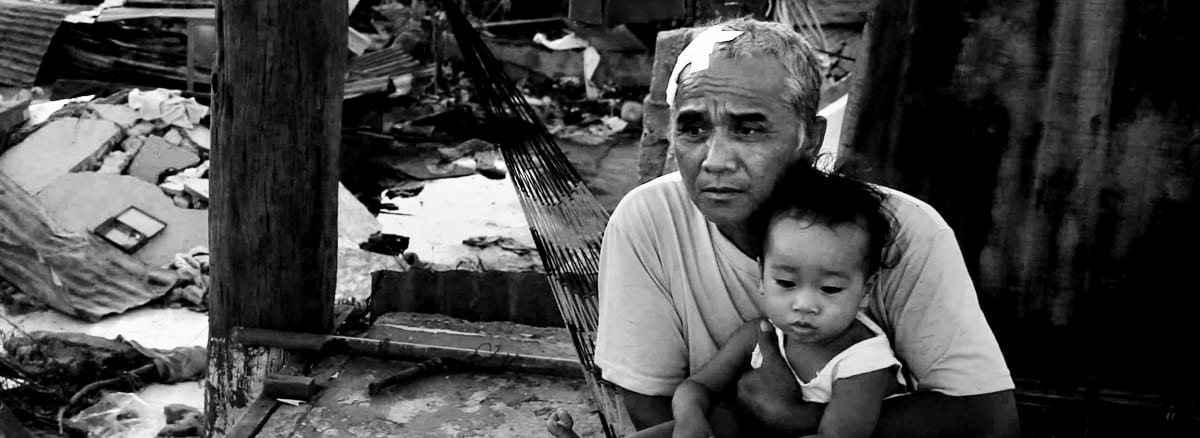Natural and Man-made Disaster Relief as Soft Diplomacy between ASEAN States and Other States
Photo credit: http://writingserviceiya.dynu.net
Mohammad Hazyar Arumbinang, Intern staff ASEAN Studies Center UGM
During the past decade, natural and man-made disasters at various scales continue to increase by the year in Southeast Asia Region. Experience has shown that local government and holders with their capacity have proved their ability to handle small and medium scale emergency response, but under the circumstance of mega scale disaster which can cause a massive destruction to society and economical loss. Therefore, the host State sometimes cannot deal with this issue and need the support and assistance from international community.
Taking an example, the large scale and mega scale disaster mitigation beyond the capacity of the local stakeholders as demonstrated in the Southeast Asia earthquake and tsunami, which struck on 26 December 2004, affected 11 countries, killing more than 225 000 and displacing an estimated 1.2 million. The crisis required governments, civil society, humanitarian actors (including non-governmental organizations and donors) and the international organization to respond on a scale that had never been seen before.
The ASEAN Commitment
Learning form the history, ASEAN as the regional organization in Southeast Asia playing an importance role to building a well-prepared disaster management through join collaboration among ASEAN member, since Southeast Asia has a lot of potential natural disaster.
On 24 December 2009, The ASEAN Agreement on Disaster Management and Emergency Response (AADMER) has been ratified by all ten Member States and entered into force. The AADMER is a regional framework for cooperation, coordination, technical assistance, and resource mobilization in all aspects of disaster management. It also affirms ASEAN’s commitment to the Hyogo Framework of Action (HFA) and is the first legally-binding HFA-related instrument in the world. Therefore, it would allow all ASEAN countries will work together and giving humanitarian assistance as disaster response to host state.
Disaster Relief as Soft Diplomacy?
Recently, China and ASEAN signed a Memorandum of Understanding (MoU) on Disaster Management Cooperation on Monday October 2014. Under the agreement, China will provide 50 million RMB ($8.1 million) to build ASEAN’s capabilities to respond to regional disasters. The funds will support the ASEAN Agreement on Disaster Management and Emergency Response Work Program, the ASEAN Coordinating Center for Humanitarian Assistance, and the ASEAN Secretariat’s programs to build capacity for disaster management. This is one of the example of collaboration on disaster management in international level. At this stage all ASEAN countries must have a collaboration on this matter since it will strengthen the relation among Southeast States.
There is no state may refuse the assistance from other countries if the result of natural or man-made disaster involves the loss of many lives and is beyond the capacity of the affected country. It also as part of commitment towards partnership and local as well as global cooperation. By that means, disaster response nowadays is not considering as humanitarian assistance but also as the soft diplomacy between the states. Cooperation on humanitarian assistance and disaster relief is one of the easiest ways to build trust and goodwill between two States. It will provide ample ground for diplomatic and even military cooperation. As such, many analysts have argued that cooperation between ASEAN members and other both international and regional organization can help build mutual trust. By providing greater assistance in disaster relief.




